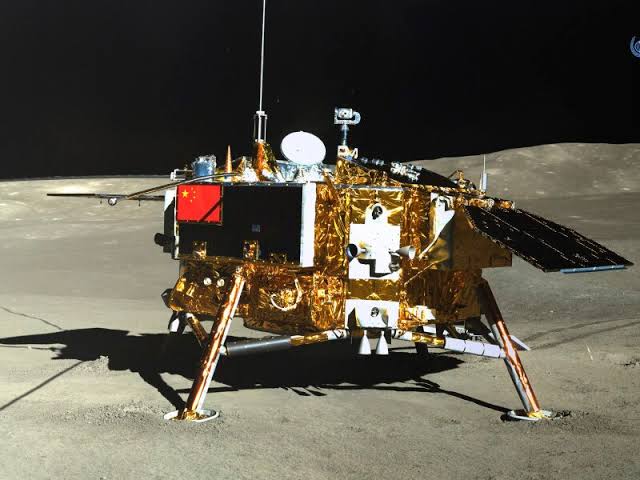China has achieved a significant milestone by successfully landing the Chang’e-6 spacecraft on the far side of the moon.
This uncrewed mission aims to retrieve valuable rock and soil samples from a specific area known as the South Pole-Aitken Basin, which is of great interest to scientists studying the moon’s geological history.
This achievement not only demonstrates China’s advanced capabilities in space exploration but also solidifies its position as a key player in the global quest to explore and understand Earth’s celestial neighbor.
The mission is a testament to China’s ambitious space program, which has been steadily advancing with each successful mission.
Despite the high risks associated with landing on the moon’s far side and the challenges of maintaining communication, the scientific instruments aboard Chang’e-6 are performing their tasks as planned.
These instruments are crucial for analyzing the lunar samples and gathering valuable data that could unlock new insights into the moon’s formation and evolution.
The Chang’e-6 mission was launched on May 3, following China’s previous successful lunar missions, including the Chang’e-4 mission which made history by landing on the far side of the moon in 2019.
This latest mission marks China’s second attempt to explore the far side of the moon and represents the third lunar landing globally this year, after missions by Japan and a U.S. startup.
Prior to China’s recent achievements, the United States was the only country to have successfully landed astronauts on the moon, underscoring the significance of China’s expanding capabilities in space exploration.
As China continues to make strides in lunar exploration, scientists and space enthusiasts around the world eagerly await the findings and discoveries that will emerge from the Chang’e-6 mission.


